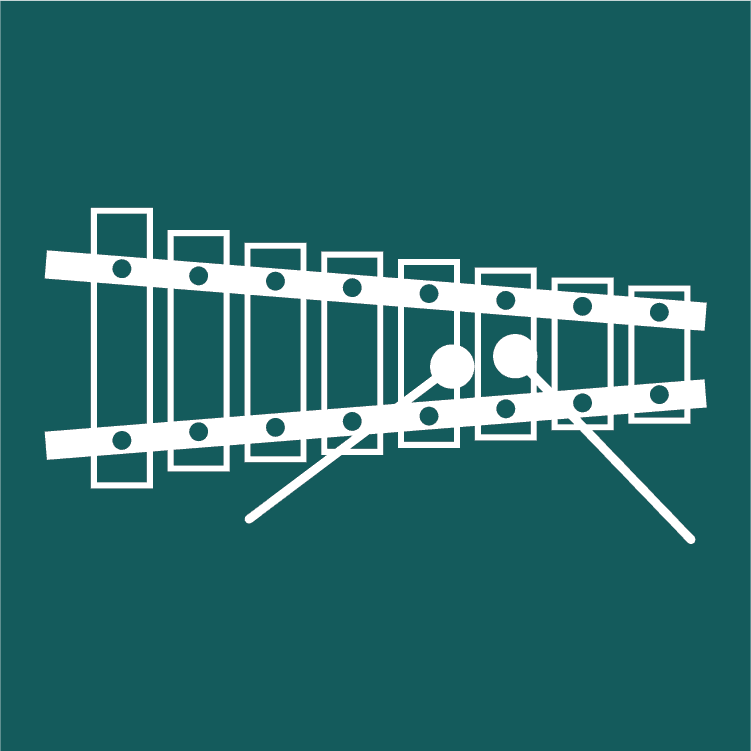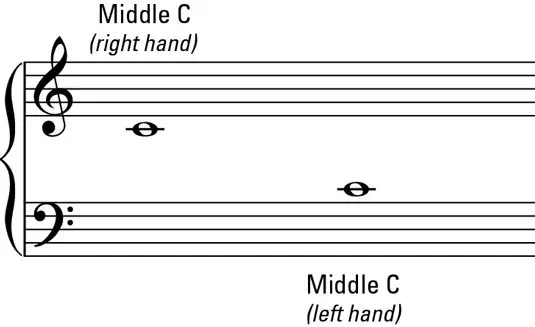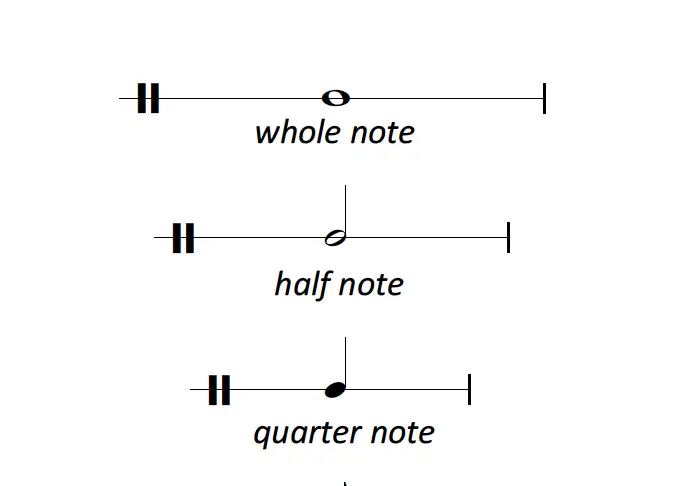how to Read Percussion Sheet Music
The easiest way to read percussion sheet music

Learning to read music is unquestionably a different skill from actually playing the percussion. Within our ‘Beginner’s Guide To Learning The Percussion’ range, this part will provide you with sufficient information to get started practicing this amazing skill.
Do we need printed music?
How does an individual from Africa write down something, and somebody in the UK can read it? It’s because they follow the rules of reading and writing in the English language. Produced written music notation is exactly the same thing. If you’re in New York or London, provided that you can decipher the icons on the page, it is possible to play the music.
Instances of early notation have been found on tablets going back as far as 2000 BC. Modern ’staff notation’, the approach we now use, was made by Catholic monks to standardise church music.

Why Bother Learning To Read Music?
Finding out how to read music takes effort and time. There are no two ways about it, it’s a difficult skill to learn.
If you are wishing to play pop/rock music, it’s not crucial that you figure out how to read music. Nonetheless, if you do, you’ll find life simpler in the future.
You may absolutely go down this path if you choose. Just recognize that like riding a bicycle, reading music is actually a skill you never forget – and the advantages massively outnumber the disadvantages.
Is Reading Music Tough?
When you learnt to read and write, did you handle them as the exact same task? Of course not. Controlling your hand motions with a pen, mastering the shapes of characters, learning how letters join together are all a radically different skill from using your eyes to understand what a combination of characters spells.
Learning how to read music is the same.
Playing percussion is actually a radically different skill from reading the sheet music before you. Quite a few badly experienced instructors try and teach both of these elements together – but the truth is know much better! Master them as separate skills that overlap. That way you’ll achieve success more rapidly.
Understand The Fundamentals Of Musical Notation
The Grand Staff
For tuned percussion, staff notation is generally organised around something called the grand staff. This consists of two staves (the name for the lines) of five lines and 4 spaces, linked by a brace on the left. The top staff is usually labelled using a treble clef (the squiggly thing at the beginning of the line)! The lower staff is usually marked with a bass clef (resembling a backwards C).
Middle C lies in the space in between the staves, upon an imaginary line. Just as it is roughly the centre point of all notes available, it is also the centre point in the staff.
Notes can sit on a line or in a space. The vertical position (height) of the note identifies the pitch. The higher up the stave, the higher the pitch. When the note would need to move higher or below the stave lines, we create mini lines for any note that is higher or lower. Those lines are referred to as ledger lines.

The notes
To avoid counting up from middle C each time, we are able to take advantage of memory aids to recognise the notes. The 4 spaces of the treble staff spell out “FACE”.

The 5 lines, bottom upwards, for the treble staff are E G B D and F. The easy way to learn them is to remember acronyms. The most common is “Every Good Boy Deserves Football” – having said that, I feel you’ll manage to make a significantly better version!

And easily for an overall view, here is the entire Grand Staff, with all notes…

And as for unpitched percussion, they still use a staff – just without a treble or bass clef. This is a whole other genre of music notation which we will discuss later in the guide.
Note Lengths
When we read sheet music, we read the music notes from the left-hand side to the right. While we have discovered which specific note to play, we now must find out the span of time to play it for. Happily, the printed note actually tells us this as well.
The design of the note shows you just how long to play it.
- A whole note (or if you are in the UK, it’s called a Semibreve) is an empty circle and lasts four counts.
- A half note (or if you are in the UK, it’s called a Minim) adds a stem and lasts two counts.
- A quarter note (or if you are in the UK, it’s called a Crotchet) fills in the circle and lasts one count.

How To Read Percussion Sheet Music - Summary
Well done…
With these essential details, now you can go away and use what you’ve learned. It’s really not as hard as you thought – and you’ll soon have the hang of it with a little bit of tolerance.
It won’t shock you to understand that there is quite a bit more to reading music compared to what I’ve mentioned above. But everyone has to start somewhere – and if you can reach the point where you remember all of this information and find it easier, you’ll then be ready to jump in much deeper with your hunt for understanding!

About the Author
Sam Jowett
Sam is a first class graduate of the Royal Welsh College of Music & Drama. He has played for a number of professional ensembles including the BBC National Orchestra of Wales, British Sinfonietta and the Novello Orchestra, which have led him to perform on some of the countries finest stages including the Royal Albert Hall and London Palladium.
Alongside Tongwynlais Music Academy, Sam is also a tutor for Rhondda Cynon Taf Music Service.
Sams current project is exploring the world of junk percussion, he also enjoys making whisky based cocktails.
Other posts by this author
Just What Is 4 Feature Friday?
As regular as I want to be Elton John for a day, I send out an email to you with the four most excellent things that you absolutely have to know about.
Providing it has something connected to music, it can wind up in the e-mail. Consider it a musical pandora’s box!
You’ll only be able to view the once a week email if you join below. And we guarantee to never, ever spam.
Read the next post in this series:




